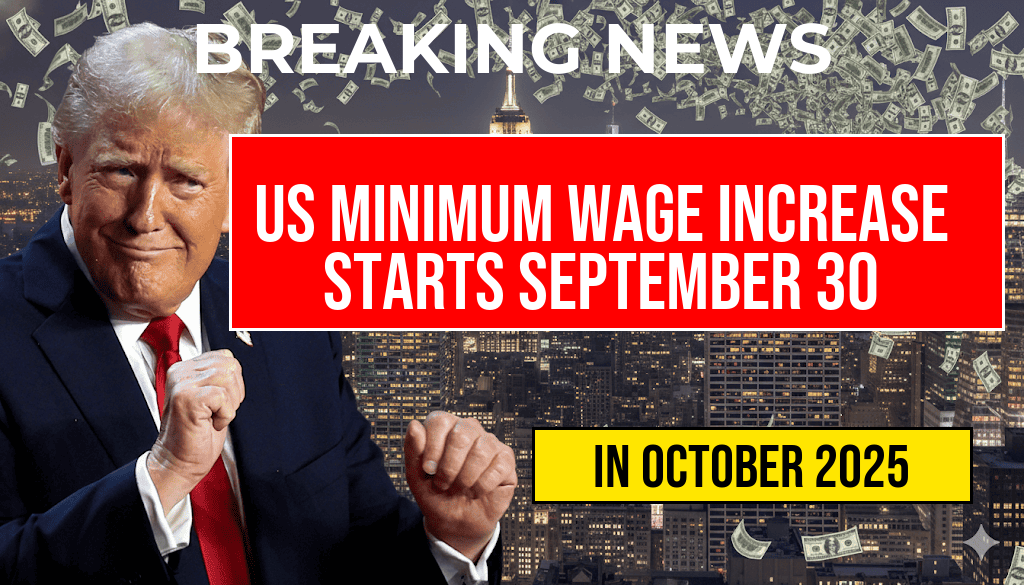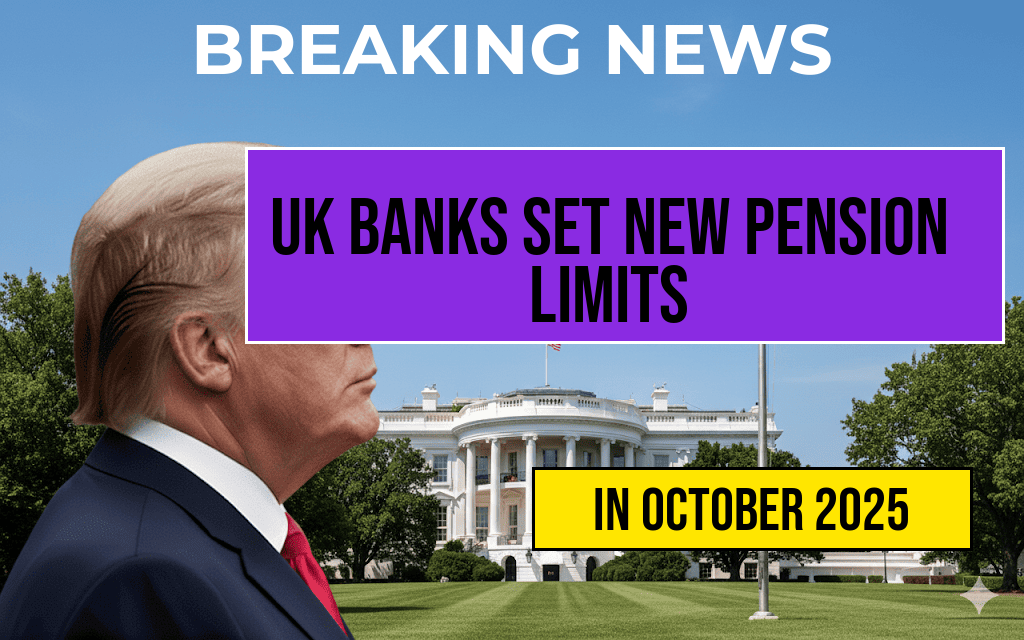Starting September 30, 2025, millions of American workers will see their hourly wages increase as part of a scheduled adjustment to the federal minimum wage. This change reflects ongoing efforts by policymakers to address wage stagnation and inflationary pressures that have persisted over recent years. The new wage rates will impact both federal contractors and workers in states that follow the federal baseline, with some regions already having implemented higher local minimum wages. This adjustment marks a significant milestone in the federal government’s commitment to ensuring a living wage for low-income workers, with the updated rates varying by location and employer type. Below is a comprehensive overview of the new hourly minimum wage rates across different sectors and regions, along with insights into the factors influencing these changes and their expected economic implications.
Details of the Upcoming Federal Minimum Wage Adjustment
The federal minimum wage, which has remained at $7.25 per hour since 2009, is set to rise in accordance with a scheduled increase mandated by the Fair Minimum Wage Act of 2007. This legislation ties future wage hikes to inflation and economic conditions, with adjustments typically taking effect on September 30 each year. For 2025, the increase is expected to bring the federal rate to $8.50 per hour, representing a 1.25-dollar increase. This adjustment aligns with the broader trend of gradually raising wages to combat cost-of-living increases and reduce income inequality.
States and cities with higher minimum wages will continue to maintain their local rates, which often surpass the federal baseline. Employers operating in jurisdictions with higher minimum wages are required to pay the highest applicable rate, creating a patchwork of wage standards across the country. For workers on federal contracts, the wage increase will influence pay scales for numerous government projects, affecting sectors such as construction, hospitality, and public services.
Full List of New Hourly Rates by Region and Sector
| Region/State | Applicable to | New Hourly Rate |
|---|---|---|
| Federal Minimum | Most private employers and federal contractors | $8.50 |
| California | All employers statewide | $16.00 |
| New York | Most workers in New York City and surrounding counties | $15.50 |
| Florida | All employers statewide | $12.00 |
| Texas | All employers statewide | $8.50 |
| Illinois | All employers statewide | $14.00 |
| Washington | All employers statewide | $15.75 |
| Massachusetts | All employers statewide | $15.00 |
| Oregon | All employers statewide | $15.50 |
| Alabama | All employers statewide | $8.50 |
Factors Influencing Wage Adjustments
Legislative Mandates and Inflation
The scheduled increase in the federal minimum wage is rooted in the Fair Minimum Wage Act of 2007, which aims to gradually elevate wages in line with inflation. This legislation mandates annual adjustments based on the Consumer Price Index (CPI), ensuring wages keep pace with rising living costs. The process involves a federal review and calculation each year, with the new rates taking effect on September 30.
State and Local Policy Variations
While federal law sets a baseline, many states and municipalities have adopted higher minimum wages through legislation or ballot initiatives. For example, California’s wage of $16.00 per hour surpasses the federal minimum by a significant margin, reflecting regional economic conditions and policy priorities. These local standards often influence employer wages in neighboring areas, creating a complex landscape for workers and businesses alike.
Economic and Social Considerations
Advocates argue that these wage increases are critical for reducing poverty and boosting consumer spending, which can stimulate local economies. Conversely, some business groups express concern over potential increased labor costs, which could impact employment levels and prices. The balance between fair wages and economic growth continues to be a subject of debate among policymakers and industry stakeholders.
Impacts on Workers and Employers
Workers benefiting from the wage hike can expect increased earnings, which may translate into better financial stability and purchasing power. For low-income families, even modest increases can have significant effects on quality of life. Employers, particularly those in sectors with tight profit margins, may need to adjust their staffing and pricing strategies to accommodate higher wages.
Small businesses might face challenges in absorbing increased labor costs, prompting some to consider automation or operational changes to stay competitive. Larger corporations generally adapt more easily, often passing some costs onto consumers or increasing efficiency elsewhere. Overall, the wage adjustment aims to strike a balance between fair compensation and economic sustainability.
Looking Ahead: Future Wage Trends
The scheduled increase to $8.50 per hour in 2025 is part of a broader trajectory of incremental wage hikes envisioned over the coming years. Future adjustments will depend on inflation rates and economic conditions, with discussions ongoing about whether to accelerate increases or implement regional variations more flexibly. Policymakers and economic analysts continue to monitor the impacts of these changes on employment, business viability, and overall economic health.
For more information about minimum wage policies and their history, visit Wikipedia’s page on minimum wage in the United States. To explore how wage changes influence the economy, Forbes offers insightful analyses at Forbes.com.
Frequently Asked Questions
What is the effective date of the new U.S. minimum wage rates?
The new U.S. minimum wage rates will take effect on September 30, 2025.
Which states or regions are affected by the minimum wage increase?
The full list of new hourly rates applies to specific states and regions across the U.S., with adjustments based on local legislation and economic factors.
What are the new minimum wage rates for different states or territories?
The new hourly rates vary by state or territory, with some areas seeing increases to meet or exceed the federal minimum wage, as detailed in the full list provided.
How might this wage increase impact employers and employees?
This wage increase aims to improve living standards for workers while potentially affecting employers’ labor costs and business operations.
Will there be any exemptions or special considerations for certain industries?
Some industries or job categories may have exemptions or different rates, depending on federal and state labor laws, which are clarified in the detailed list and official guidelines.






